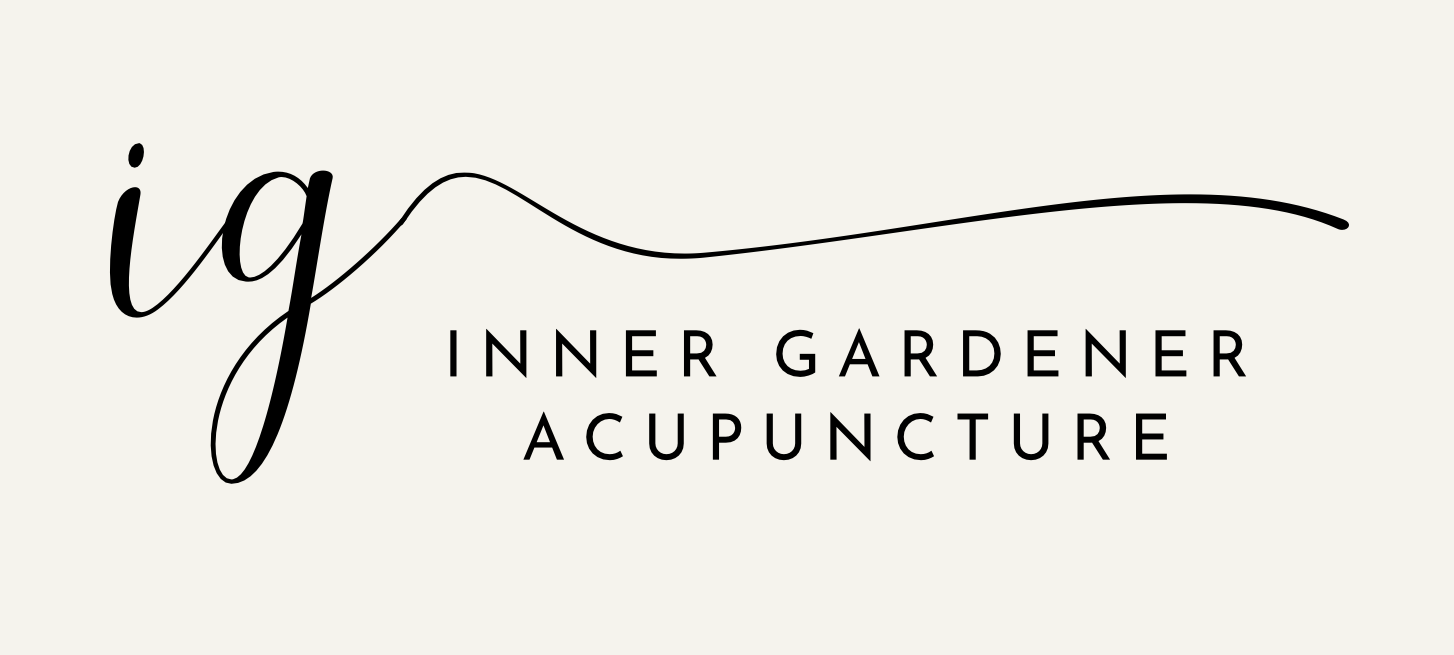sparking light within
Everything the body is doing is an attempt at being adaptive. There is a constant ebb and flow, check and balance occurring within. We may know this as homeostasis, equilibrium, or our baseline functioning. Sleep, heart rate, temperature, digestion, circulation and chemical messengers are all apart of this internal regulatory system.
When our bodies are out of balance we begin to notice symptoms. Symptoms are an invitation for us to observe where we have fallen out of alignment, away from homeostasis. A major function of the nervous system is to control homeostasis and monitor this constant internal environment.
The nervous system has two branches; Sympathetic and Parasympathetic. Each have their own function and respond to different stimuli. These stimuli affect our bodies energy, cellular repair, response to stress and our ability to digest information.
So imagine that your spine is like a strand of holiday lights. We have the electrical running through and at each segment we have a bulb. You know how there always seems to be that one strand that has only half the bulbs working? Instead of throwing the whole line away most of us will try and adjust the bulbs one by one to see if we can spark connectivity to the bulb. So in using this analogy of comparing holiday lights to your spine, acupuncture works by adjusting and tuning each bulb so that we can spark light and make each bulb functional.
The spinal cord divides into 31 segments, each with their own nerve fibers that travel out from the spine innervating the major organs. We can think of the organs in this example as the holiday light bulbs.
Each spinal segment influences a different organ, gland or tissue. The conductivity or regulatory effect of the nervous system then sparks the production of enzymes, hormones and cellular exchange to maintain our internal environment.
Now lets say your digestion is off. You might be experiencing some bloating, nausea and loose stool. Your acupuncturist will then ask you more questions, examine your tongue and take your pulse to determine what organ system is out of balance. So let’s say they identify these symptoms as correlating to the Spleen, Stomach or Large intestine. Now there are multiple styles of acupuncture, yet most practitioners will work with a specific set of points that would connect or influence the pathway of that organ.
For example there is a series of points called the Back Shu points which translate as organ transporting points. These points are lined up along the spinal column correlating to the nerve pathways at each spinal segment. We use these points to tonify or tune up the function of that organ.
I like to think of acupuncture as sparking connectivity and function to the autonomic nervous system.
So in this way, I describe acupuncture as nervous system medicine because the needles modulate the connectivity of the nerves, organs and glands.
In Traditional Chinese medicine we use a language that describes the various types of imbalances that can occur within the body. To have balance there exists equal Yin and equal Yang.
Now let’s look at the concepts of Yin and Yang and compare it to the autonomic nervous system. The Autonomic has two branches:
Sympathetic (Yang)
Parasympathetic (Yin)
These are easily remembered as fight, flight, freeze or rest and digest. Each have their own chemical makeup and respond to different stimuli.
The Journal of the International Neuromodulation Society published a study in 2011 for the use of acupuncture in the treatment of gastro-intestinal disorders.
They found that acupuncture modulates the somatic afferent nerves, regulating three biochemical responses:
pro-kinetic (motility, movement of the gut)
antiemetic (nausea and vomiting symptom)
anti-nociceptive effects (inhibition of the sensation of pain)
In this study all of three these biochemical markers were positively affected as a result of acupuncture. Improved movement of the intestines, which translate to better bowel movement and detox function. And reduced nausea and pain in the digestive tract. This parasympathetic function (Yin) has the chemical composition that positively improves gut function.
Other studies have emerged with images of the brain before and after acupuncture treatment. These brain scans have shown increased connectivity between various regions of the brain from using acupuncture at specific locations on the body. One of these points is ST36 Zusanli, distal to the knee. When needled this point, it produces a regulatory effect on the digestive system by engaging with the parasympathetic nervous function; rest, digest and repair.
So when we examine the effect that acupuncture has on the nervous system we can recognize the significance of the balance of yin and yang, parasympathetic and sympathetic function. And this is our baseline wellness factor, homeostasis. I like to think of this as being home and grounded in your body. So next time you try acupuncture, think of it as tuning the bulb and sparking that inner connectivity for wellness, optimal function and balance.
Resources:
Takahashi T. (2011). Mechanism of acupuncture on neuromodulation in the gut--a review. Neuromodulation : journal of the International Neuromodulation Society, 14(1), 8–12. https://doi.org/10.1111/j.1525-1403.2010.00295.x

